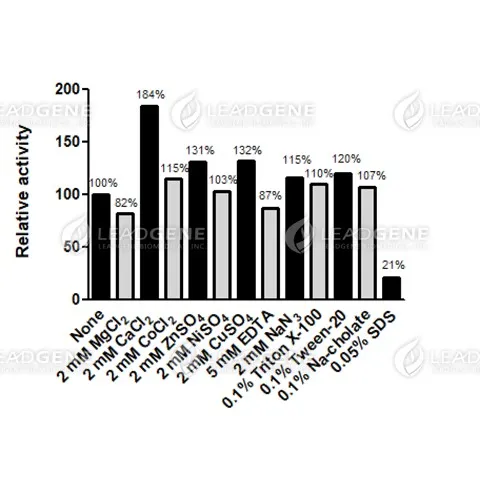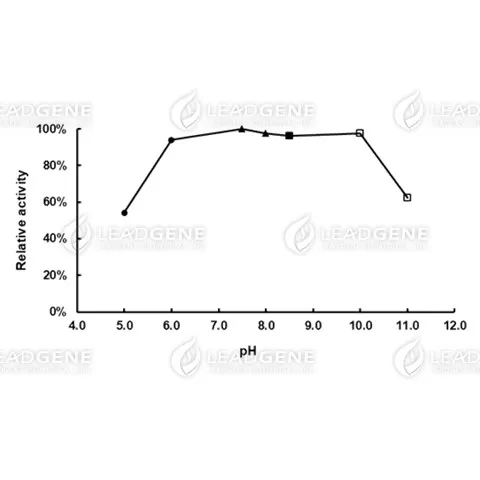Description
Lactate oxidase (LOX) is an enzyme that catalyzes the oxidation of L-lactate to pyruvate and hydrogen peroxide. This flavoprotein, primarily found in bacteria and fungi, plays a crucial role in various biological processes, including energy metabolism and redox regulation. Due to its high specificity for lactate, LOX is widely utilized in biosensors for detecting lactate in clinical diagnostics, food quality control, and sports science. Its application allows for accurate and rapid quantification of lactate levels.







